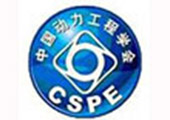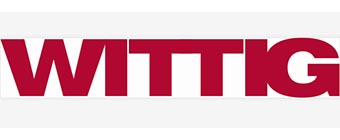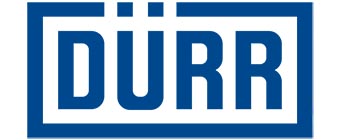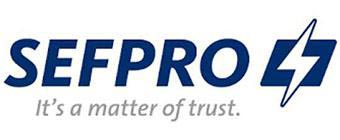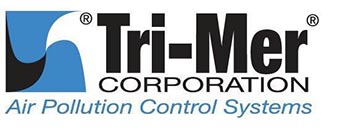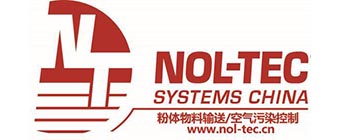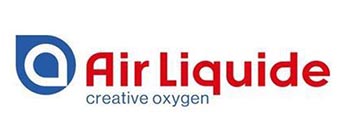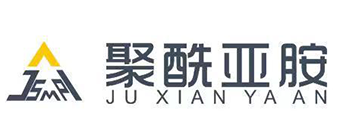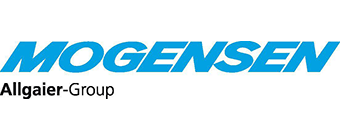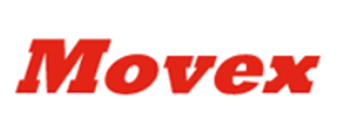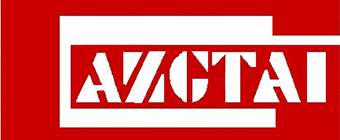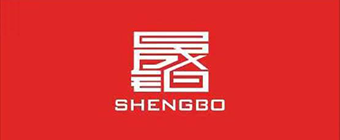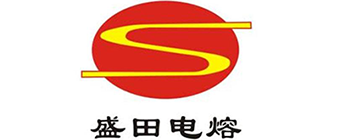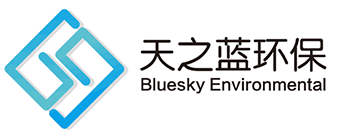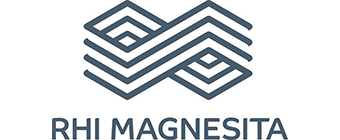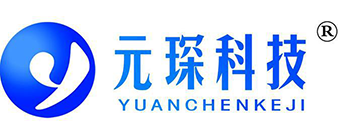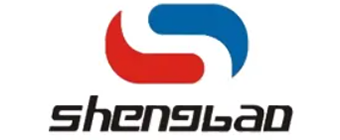3rd Asia Green Glassmaking Plant Summit 2022 Event Background
On September 22, 2020, President Xi Jinping declared, at the General Debate of the 75th Session of the United Nations General Assembly, that China would scale up its nationally determined contributions (NDCs) by adopting more vigorous policies and measures, and aims to have CO2 emissions peak before 2030 and achieve carbon neutrality before 2060.Carrying out research on the status quo of carbon emissions in the domestic glass industry, grasping the sources of carbon emissions, and proposing effective ways to implement carbon neutrality will help promote energy conservation and carbon reduction in the domestic glass industry and promote the green and low-carbon development of the industry.According to the "Industrial Structure Adjustment Guidance Catalog (2019)", "Domestic Glass Industry Specifications Conditions" (Announcement No. 54, MIIT, 2017) ,"Domestic Glass Industry 14th 5 high-quality development guidance opinion"(CNAGI [2021] No. 35) and other documents,utilize administrative, technology, market, and economic means eliminated backward production capacity comprehensively, optimize the industrial structure, and promote green low-carbon development in the industry.Optimize the product structure and develop green glass products.Such as: Lightweight glass bottle cans are one of the main measures to increase productivity, increase efficiency, and realize carbon emission reduction.Glass bottle lightweight means reduce the retrogression ratio of the glass bottle, the energy consumption of unit capacity products can be reduced by about 30%,based on meeting the requirements and ensuring product quality.At the technical level: should be controlled from raw material, ingredient, fuse, molding, annealing.At management: By formulating green product standards, production technology specifications, Guide the enterprises research and development application promotion of green products such as lightweight.Under the condition of meeting the quality requirements and safety of molten glass melting, further optimize the energy consumption structure of the domestic glass industry.Glass furnaces use fuels with low carbon and moderately high hydrogen content as much as possible.Research the best combination of electricity and fossil fuels.Encourage enterprises to actively adopt renewable energy technologies such as photovoltaic power generation, wind energy, and hydrogen energy.Considering the melting temperature, forming performance and other factors, reducing the amount of soda ash reasonably, such as using caustic soda (NaOH) instead of soda ash (Na2CO3), can reduce CO2 emissions. The introduction of active raw materials can accelerate the formation of silicates and accelerate the fining and homogenization of the glass, while reducing the melting temperature and reducing the amount of carbonate.For example, lepidolite, hectorite and spodumene containing Li2O are used to replace part of Na2O in the glass component. When 0.13%~0.26% Li2O is introduced into the glass composition, the melting temperature of the glass can be reduced by 20~30¡æ, soda ash can be saved by 19.3%, and the CO2 emission can be reduced by more than 28%.In the process of glass melting, the introduced broken glass only needs to undergo physical changes to be melted into molten glass, which can reduce the surface tension of the melt and improve the thermal radiation transmittance of the material layer. distributed into the batch.Cullet is equivalent to a certain amount of decarburized raw material. Using lt cullet can reduce about 150 kg of CO2 released by the decomposition of carbonate in the glass raw material.For broken glass every 10% increase, the energy consumption can be saved by 2.5%. When it increases to 60%, the theoretical energy consumption can be reduced by 6%, and the carbon dioxide emission can be reduced by about 5% to 20%.Reasonable planning and design of the layout of the factory area, intensive use of land and buildings, and reduction of carbon emissions due to land leveling and building construction; minimization of in-plant logistics and reduction of carbon emissions caused by unnecessary logistics.Improve the quality of glass batch preparation.Ensuring the preparation quality of batch materials is helpful to improve the melting quality of glass, improve product grade, product qualification rate and prolong the life of glass melting furnace.Promote energy-saving and environmentally friendly glass melting furnaces. Optimize the kiln structure design, comprehensively adopt advanced and applicable kiln structure and refractory materials, improve the glass melting quality, and improve the kiln cycle melting rate. Measures such as optimizing and configuring the computer control system ensure the stability and accuracy of various parameters in the glass melting process, achieve low air-fuel ratio combustion, strengthen the overall thermal insulation of the furnace, and improve thermal efficiency.Utilize advanced combustion technologies such as oxy-fuel combustion and oxygen-enriched combustion is conducive to accelerating the melting process, improving production capacity, and improving glass melting quality; reducing nitrogen oxides and dust emissions; reducing heat dissipation loss and saving energy.Improve the utilization rate of waste heat from glass melting furnaces, and use high-efficiency waste heat boilers to recover heat.Develop advanced and applicable technical equipment, strengthen the in-depth integration of new-generation information technology, digital technology, intelligent manufacturing and domestic glass manufacturing, and improve energy efficiency.Select equipment with mature technologies such as motors, pumps, air compressors, and boilers with high energy efficiency ratios.Strengthen the energy-saving supervision of key energy-consuming companies, and strictly implement the "Energy Consumption Limits for Glass Thermos Bottles per Unit Product" (QB/T 5360-2019), Energy consumption limit standards such as "Energy Consumption Limit for Glassware Unit Product" (QB/T 5362-2019).Taking into account factors such as fuel and furnace technology, timely research, formulate and revise new standards that meet the production characteristics, technology and energy-saving requirements of the daily glass industry. Actively promote the energy efficiency leader system, and promote enterprise energy efficiency benchmarking.
Actively introduce leading industry carbon emission standards, such as "Carbon Emission Limits per Unit of Domestic Glass Products", "Technical Requirements for Evaluation of Low-Carbon Enterprises in the Domestic Glass Industry", etc. There is evidence for technological improvement.
On May 24, 2021, the "Guiding Opinions on the "14th Five-Year Plan" High-Quality Development of the Domestic Glass Industry" was released.
In March 2022, the Industry Division of the National Development and Reform Commission issued the implementation guidelines for the energy-saving and carbon-reducing transformation and upgrading of the flat glass industry.The production energy consumption and carbon emission levels of different flat glass enterprises in China are quite different, and there is a great potential for energy saving and carbon reduction transformation and upgrading.According to the "Energy Efficiency Benchmark Level and Benchmark Level in Key Fields of High Energy-consuming Industries (2021 Edition)", the energy efficiency benchmark level of flat glass (production capacity>800 tons/day) is 8 kg standard coal/weight box, and the benchmark level is 12 kg standard coal/weight box. Weight box, flat glass (500¡Üproduction capacity¡Ü800 tons/day), the energy efficiency benchmark level is 9.5kg standard coal/weight box, and the benchmark level is 13.5kg standard coal/weight box.By the end of 2020, the flat glass industry accounted for less than 5% of the production capacity with energy efficiency was better than the benchmark level, and about 8% of the production capacity with energy efficiency was lower than the benchmark level.
The direction of job is to strengthen advanced technology research and cultivate benchmarking and demonstration enterprises.Research the development direction of energy saving and carbon reduction technology in the glass industry, accelerate the research and development of complete sets of technologies and equipment for the utilization of hydrogen energy in glass melting furnaces, float glass process reengineering technology, preheating technology outside the glass melting furnace and complete sets of technologies and equipment, large glass melting furnaces and large-scale glass melting furnaces. Power "fire-electric" composite melting technology, glass furnace flue gas carbon dioxide capture and purification technology, float glass low-temperature melting technology, etc., increase technical research efforts, accelerate the industrial application of advanced and applicable energy-saving and low-carbon technologies, and further enhance the glass industry energy efficiency.Accelerate the popularization and promotion of mature technologies, and promote transformation and upgrading in an orderly manner.Promote the application of energy-saving technologies. Adopting technologies such as full thermal insulation of glass melting furnaces and infrared high radiation energy-saving coatings for melting furnaces, the energy utilization efficiency of glass melting furnaces is improved, the energy saving effect of furnaces is improved, and fuel consumption is reduced.Adopt glass melting furnace full oxygen combustion, pure oxygen combustion technology and equipment, optimize glass furnace, tin bath, annealing kiln structure and combustion control technology, improve thermal efficiency, save energy and reduce consumption.By adopting batching, granulating and preheating technologies, adjusting the formula of the batch, controlling the gas rate of the batch, adjusting the composition of the glass body oxide, developing the formula with low melting temperature, reducing the carbonate composition in the glass raw material, reducing the melting temperature, reduce fuel consumption and reduce carbon dioxide emissions.Promote the three major thermal intelligent control of automatic batching, melting furnace, tin bath and annealing kiln, digital simulation of melting and forming, cold end optimization control, online defect detection, automatic stacking and paper laying, automatic cutting and slicing, intelligent warehousing and other digitalization, Intelligent technology promotes the intelligent upgrade of the whole process of glass production.Strengthen the replacement of clean energy raw fuels.Establish a support system for the supply of alternative raw and fuel materials, support qualified flat glass enterprises to implement natural gas and electrification upgrades, and promote energy consumption in the flat glass industry to gradually shift to clean energy.
Vigorously promote energy conservation and utilization, and continuously improve the level of lean energy management.Increase the proportion of green energy use, encourage flat glass enterprises to use their own facilities and sites to implement waste heat and pressure utilization, distributed power generation, etc., to improve the energy "self-sufficiency" of enterprises, and reduce dependence on fossil energy and external electricity.Reasonably reduce terminal emissions.Research and develop ultra-low emission processes and equipment for glass production, and explore to promote ultra-low emissions of particulate matter, sulfur dioxide, and nitrogen oxides in the entire process of the glass industry.
The work goal is: the proportion of production capacity above the energy efficiency benchmark level in the glass industry will reach 20%, and the production capacity below the energy efficiency benchmark level will be basically cleared by 2025.
In order to strengthen the prevention and control of air pollution in the glass industry and promote the green development of the industry, the Ministry of Ecology and Environment organized the formulation of the "Emission Standards for Air Pollutants in the Glass Industry" (hereinafter referred to as the "Standards"). introduced.The new "Glass Industry Air Pollutant Emission Standard" will be released soon.The "Standard" will have the following characteristics: Expand the scope of application of pollutant emission standards.The glass industry categories covered by the "Standard" include: C304 glass manufacturing, C305 glass product manufacturing, C3061 glass fiber and product manufacturing.Reasonably formulate air pollutant emission limits.According to the process characteristics, the "Standard" specifies pollutant control indicators.For example, glass melting furnaces need to control indicators such as particulate matter, sulfur dioxide, nitrogen oxides, ammonia, etc.; VOCs-related material processing processes (glass manufacturing, sizing and sizing processes, glass products manufacturing, painting, painting, drying, baking processes, mirror making processes Paint spray, drying process, glass fiber sizing preparation, wire drawing process, etc.) need to control NMHC, TVOC, benzene series, benzene and other indicators.At the same time, according to the industry production process and pollution control technology level, the pollutant emission limit is reasonably determined.Increase pollutant fugitive emission control requirements.The "Standard" stipulates the control requirements for the fugitive emission of particulate matter and volatile organic compounds, and proposes requirements for operation and recording.For example, management and control requirements are put forward in terms of storage, transfer and transportation of VOCs materials, and technological processes.After the release and implementation of the "Standard", it will effectively improve the air pollution control level of glass enterprises, and promote the technological progress and sustainable development of the glass industry.
Key Features
Gain latest information on energy efficiency and emission policies across the Asian countries
Understand the economics of green glassmaking in the region
Learn what investors need to make a project bankable
Debate challenge and opportunities with investors,funders and advisors
Assessing how green glassmaking markets are developing in the region
Assess new technologies in green glassmaking indutry
Assess the market opportunities for advanced glassmaking technologies and their outputs
Debate the future of the emerging green glassmaking market with industry leaders
Benefit from technical expertise insight from some of the industry¡¯s leading technology providers
Take part in robust discussions and share best-practice with senior-level opinion-formers
Network and do business with the leading green glassmaking projects owners in the region
Discover new commercial opportunities in 2023 and beyond
Position your company at the forefront of the green glassmaking industry globally and Asia |















































